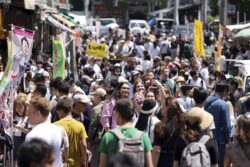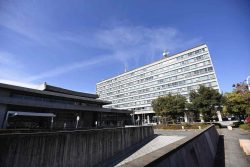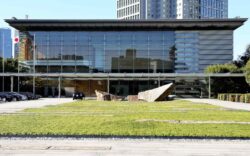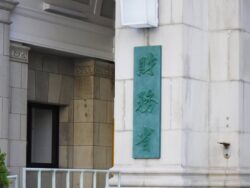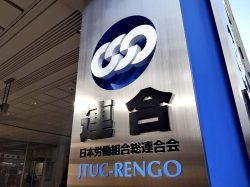15:44 JST, March 19, 2025
The upward trend in land values is becoming clearer nationwide. It is important for such a trend to lead to economic vitalization, while closely watching for risks in each region.
According to official land values as of Jan. 1 released by the Land, Infrastructure, Transport and Tourism Ministry, the national average value of land for all purposes rose 2.7% from the previous year, which marks a gain for the fourth consecutive year. The rate of increase was 0.4 percentage points higher than the previous year and the highest in 34 years.
Residential and commercial land values increased 2.1% and 3.9%, respectively. The number of foreign visitors to Japan exceeded 36 million, a record high, and demand for hotels and stores expanded. In addition, housing purchases were brisk. These factors have pushed up land values.
The increase has steadily spread not only to the Tokyo and Osaka areas, but also to regional areas, with half of all surveyed locations experiencing an increase. For example, Toyooka, the city in the northeastern part of Hyogo Prefecture, where the Kinosaki hot spring resort is located, was the highest in the prefecture in terms of the rate of increase in commercial land.
Deflation in Japan’s economy continued for a long period after the collapse of the bubble economy, and land values have been stagnant. It is a positive factor that land value increases are taking hold after the COVID-19 pandemic.
In Hokkaido, Kumamoto and other prefectures, the effects of companies building plants are continuing.
In Chitose, Hokkaido, where Rapidus Corp., which aims to domestically produce next-generation semiconductors, is located, there were three locations where the rate of increase for commercial land values ranked first to third in Japan. Demand for land for retail space is said to be robust.
Land values are an indicator of economic activities, and stable increases are desirable. A shift to a growth-oriented economy — in which both wages and prices rise — should be achieved.
There are some locations where the rate of increase is considerably higher than the national average.
In the village of Hakuba, Nagano Prefecture, known as a ski resort, there is a location where both residential and commercial land values rose by about 30%. Popular tourist sites, such as Furano, Hokkaido, and Ishigaki, Okinawa Prefecture, are also among the locations with the highest rates of increase.
There is also a sense of overheating in residential areas in central Tokyo. The average sales price for a new condominium unit in Tokyo’s 23 wards is over ¥100 million. Reflecting this, the rate of increase in residential land is also high at 7.9%.
The presence of wealthy Chinese and other buyers reportedly is increasing. If real estate prices rise too high, they will become unaffordable to the average person, which could lead to people’s increased dissatisfaction. It is also necessary to be vigilant to ensure that market overheating does not accelerate.
On the other hand, among large cities, the rate of increase in both residential and commercial land values shrank in the Nagoya area, Sapporo and Fukuoka City.
It has been pointed out that rising prices for land and building materials are causing people to hold off on buying houses and delaying large-scale redevelopment projects. Will market fluctuations not take place? It is also vital to watch for these issues as their impact on the economy as a whole is significant.
(From The Yomiuri Shimbun, March 19, 2025)
"Editorial & Columns" POPULAR ARTICLE
-

Violations of Subcontract Law: Major Automakers Must Eliminate Old Practices
-

Local Governments’ Tax Revenues: Devise Ways to Correct Imbalances in Tax Sources
-

5 Japanese Business Dinner Mistakes to Avoid — and What They Taught Me About Business in Japan
-

Heavy Rains in Asia: Support for Victims, Flood-Control Measures Urgently Needed
-

New Nuclear Threat: China Seeking to Follow U.S., Russia in Military Expansion
JN ACCESS RANKING
-

Keidanren Chairman Yoshinobu Tsutsui Visits Kashiwazaki-Kariwa Nuclear Power Plant; Inspects New Emergency Safety System
-
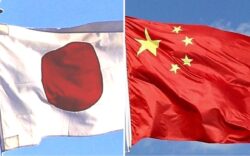
Imports of Rare Earths from China Facing Delays, May Be Caused by Deterioration of Japan-China Relations
-

University of Tokyo Professor Discusses Japanese Economic Security in Interview Ahead of Forum
-
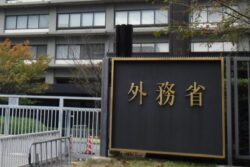
Japan Pulls out of Vietnam Nuclear Project, Complicating Hanoi’s Power Plans
-

Govt Aims to Expand NISA Program Lineup, Abolish Age Restriction











